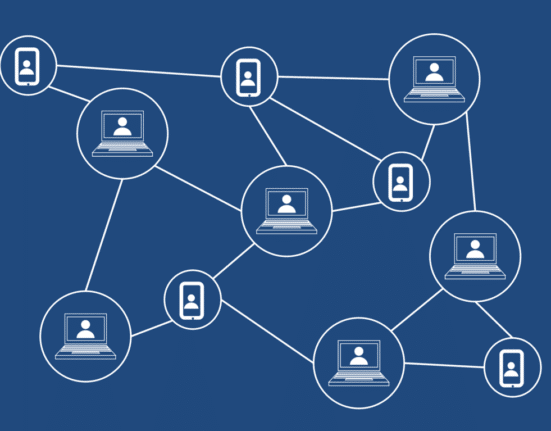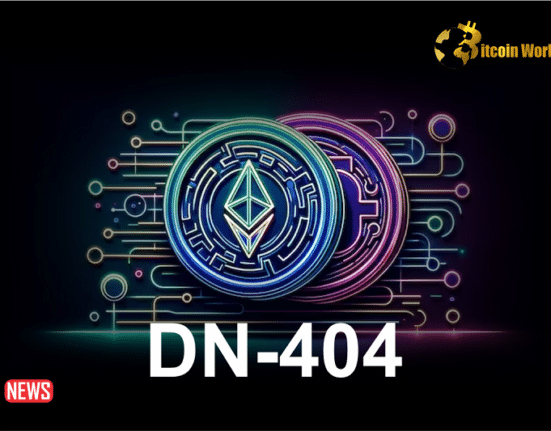Tokenomics refers to the study of tokens and their economic properties within a blockchain ecosystem. Tokens can represent various assets, such as cryptocurrencies, utility tokens, or security tokens. This article explains that tokenomics are crucial for understanding how tokens function within a blockchain network and how they can incentivize various stakeholders.
KEY COMPONENTS OF TOKENOMICS
Token Supply:
This refers to the total number of tokens that exist within a blockchain ecosystem. The token supply can be fixed or dynamic, depending on the design of the blockchain network.
Token Distribution:
Token distribution refers to how tokens are initially allocated within the ecosystem. This can be done through various mechanisms such as initial coin offerings (ICOs), airdrops, or token sales. The distribution method can impact the fairness and inclusivity of the ecosystem.
Token Utility:
Token utility refers to the purpose and functionality of the token within the blockchain network. Tokens can have different utilities, such as being used as a medium of exchange, providing access to specific services or features, or representing ownership in a digital asset.
Token Economics:
Token economics focuses on the economic principles and incentives that govern the token ecosystem. It involves designing mechanisms to incentivize desired behaviors, such as rewarding users for contributing to the network or penalizing malicious activities.
Token Value:
The value of a token is determined by various factors, including its utility, scarcity, demand, and market dynamics. Tokenomics considers how these factors interact to influence the value of the token and its potential for growth.
Token Governance:
Token governance refers to the decision-making processes within the blockchain network. Tokenomics can incorporate mechanisms for decentralized governance, such as voting rights or stakeholder participation, ensuring a more democratic and transparent decision-making structure.
By understanding and optimizing these key components, tokenomics aims to create sustainable and thriving blockchain ecosystems that incentivize participation, drive network effects, and enable efficient governance.
THE IMPORTANCE OF TOKENOMICS IN DRIVING NETWORK EFFECTS
Tokenomics plays a crucial role in driving network effects within a blockchain ecosystem. Network effects occur when the value of a network increases as more participants join and contribute to it. Tokenomics provides the incentives and mechanisms to encourage users to participate, which in turn drives network effects. Here are some reasons why tokenomics is important in driving network effects:
Incentivizing Participation:
Tokenomics can offer rewards, discounts, or other incentives to users who actively participate in the network. This motivates users to join, contribute their resources, and engage with the ecosystem, thereby increasing the network’s value.
Token Value Appreciation:
As more users join and use the network, the demand for the token can increase, leading to its value appreciation. This, in turn, attracts more users and investors who want to benefit from the potential value growth, further driving network effects.
Building a Strong Community:
Tokenomics can foster a strong and engaged community around the blockchain network. By aligning the interests of token holders with the success of the network, tokenomics encourages users to collaborate, share knowledge, and support each other, creating a positive feedback loop that strengthens the network.
Network Expansion:
Tokenomics can facilitate the expansion of the network by incentivizing users to invite others to join. This word-of-mouth promotion can lead to a rapid increase in the number of participants, enhancing the network’s reach and potential impact.
Enhanced Liquidity:
Tokenomics can create mechanisms for liquidity within the network, allowing users to easily exchange or trade tokens. This liquidity attracts more users and investors, as they can easily enter or exit the ecosystem, further driving network effects.
By driving network effects, tokenomics amplifies the value and potential of the network, making it more attractive to users, investors, and stakeholders.
THE ROLE OF TOKENOMICS IN GOVERNANCE AND DECISION-MAKING WITHIN BLOCKCHAIN NETWORKS
Tokenomics plays a significant role in governance and decision-making within blockchain networks. Here are some key aspects of tokenomics in this context:
Decentralized Governance:
Tokenomics can facilitate decentralized governance models within blockchain networks. Tokens can be used to grant voting rights or influence decision-making processes. Token holders can participate in voting on proposals, protocol upgrades, or other important network decisions. This ensures that decisions are made collectively by the community, rather than being controlled by a centralized authority.
Incentivizing Participation:
Tokenomics can incentivize active participation in governance processes. Token holders may receive rewards or governance tokens for participating in voting or contributing to the network’s development. This encourages engagement and ensures that decisions are made by those with a vested interest in the network’s success.
Sybil Resistance:
Tokenomics can help mitigate the Sybil attack problem, where an attacker creates multiple identities to gain disproportionate influence in a network. By requiring tokens for participation or voting, tokenomics ensures that participants have a stake in the network and discourages malicious actors from manipulating decision-making processes.
Economic Incentives:
Tokenomics aligns economic incentives with desired behaviors. For example, token holders may receive rewards for staking or delegating their tokens to secure the network. This encourages token holders to act in the network’s best interest and helps maintain the network’s security and stability.
Funding Mechanisms:
Tokenomics can provide funding mechanisms for network development and maintenance. For instance, a portion of transaction fees or inflationary rewards can be allocated to a treasury controlled by token holders. These funds can be used for network upgrades, research, marketing, or other activities deemed important by the community.
Transparency and Accountability:
Tokenomics can enhance transparency and accountability in decision-making processes. Since blockchain networks are often public and transparent, token holders can monitor and audit governance activities. This fosters trust and ensures that decisions are made in a transparent and accountable manner.
In summary, tokenomics provides the framework for governance and decision-making within blockchain networks. It enables decentralized decision-making, incentivizes participation, mitigates attacks, aligns economic incentives, provides funding mechanisms, and enhances transparency and accountability. These aspects contribute to the overall effectiveness and sustainability of blockchain governance.















